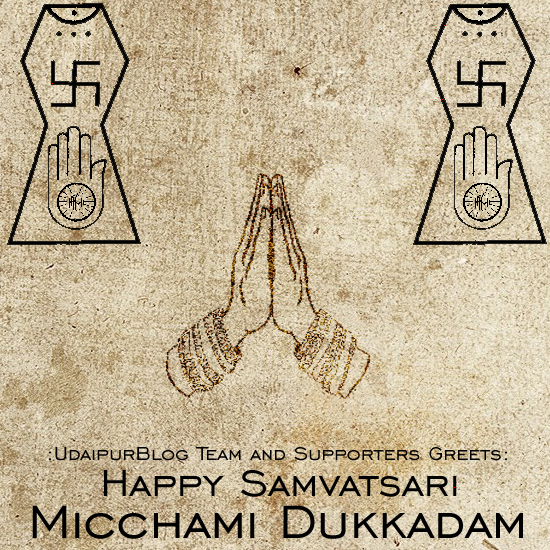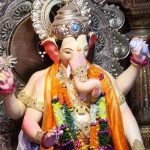Money does not pay nor name; fame does not pay nor learning. It is love that pays; it is character that cleaves through the adamantine walls of difficulties! Non-violence is the supreme religion (Ahimsa parmo dharma) and Jainism is one of the oldest religions of India.
Paryushan Parva is the king of all festivals and hence is known as Parvadhiraj – well recognized festival of jain community when every jain follows the basic principles of Jainism that is Right knowledge, right faith, and right conduct, all the three are most essentials for attaining liberation, the 8 days festival ends with a samvatsari day, followed by sampana day or the kshamayachna divas. We understand the word by breaking it in two, pari means to recollect yourself and vasan means at a place that means to know yourself recollect your own self at a place in your spirit.
Due to our daily routine we spend almost out of ourselves basically due to eating out, going to places, working day in and out etc but these are the days to introspect in our own selves. Our nature is full of “me” and “mine” but during these days the holiness fills us with the feeling of us-the transformation needed in today’s world. The Jains treat it as a festival of tyag and tapasya.
Traditionally, the Samvatsari is celebrated on the Bhadrapad Shukla Chaturthi or Panchmi. Paryushana is the most prominent festival (lasting eight days for Svetambara Jains and ten days for Digambars) during the monsoons. The monsoon is considered the best time for fasting due to lenient weather. However, a Jain may fast at any time, especially if he/she feels some mistake (negative karma generally known as paap or ‘papa’) has been committed. Variations in fasts encourage Jains to do whatever they can to have self-control. Fasting is one of the main tools for practicing external austerity. It helps to keep the demands of the body under check and assists in the focus on the upliftment of the soul.
Depending on the capacity of an individual, there are several types of fasting:
- Complete fasting: giving up food and/or water completely for a period.
- Partial fasting: eating less than you need to avoid hunger.
- Vruti Sankshepa: limiting the number of items of food eaten.
- Rasa Parityaga: giving up favorite foods
During fasting one immerses oneself in religious activities such as worshiping, serving the saints (monks and nuns & to be in their proximity), reading scriptures, meditating, and donating to the right recipients. However, before starting the fast Jains take a small vow known as pachkaan.
Lord Mahaveera started a yearly festive of samvatsari for the inner spiritual development and a check on it. On this day through various ways described in the religion people try to remit the mistakes committed throughout the year by recalling them asking sorry for them, feeling guilty for the mistakes committed, and through Dhyan (meditation), Swadhaya (self evaluation) and Tapasya(paining oneself to acquit from the various mistakes). On this day people chant
hyms devoting them to the Tirthankar’s, visit their Guru and listen to their preaching and vow not to repeat the mistakes and hurt any living form knowingly and unknowingly. Many jainis depending on their health fast all day long, go for samayik and recite the Namokar mantras.
Khamatkhamana is a important part of this day. It includes asking sorry from every one and forgiving them as well for hurting them knowingly or unknowingly. The process continues the next day where people visit there friends and relatives and all the known and ask forgiveness.
This day marks the end of ego and spread of love and humanity.
“Do not injure, abuse, oppress, enslave, insult, torment, torture, or kill any creature or living being.”
Article By: Himani Sethiya
Edited by: Chani Soni



![[Pictures] FatehSagar OverFlows 2011](https://udaipurblog.com/wp-content/uploads/2011/09/DSC_0379-150x150.jpg)